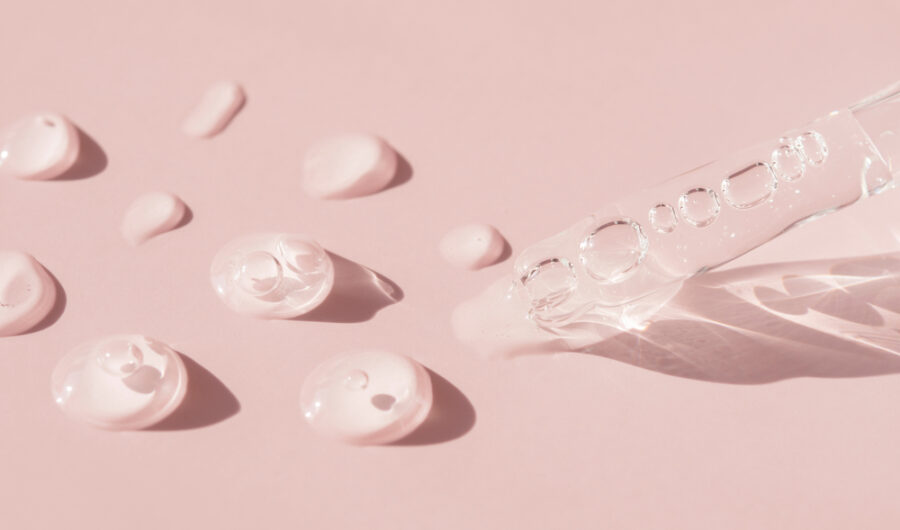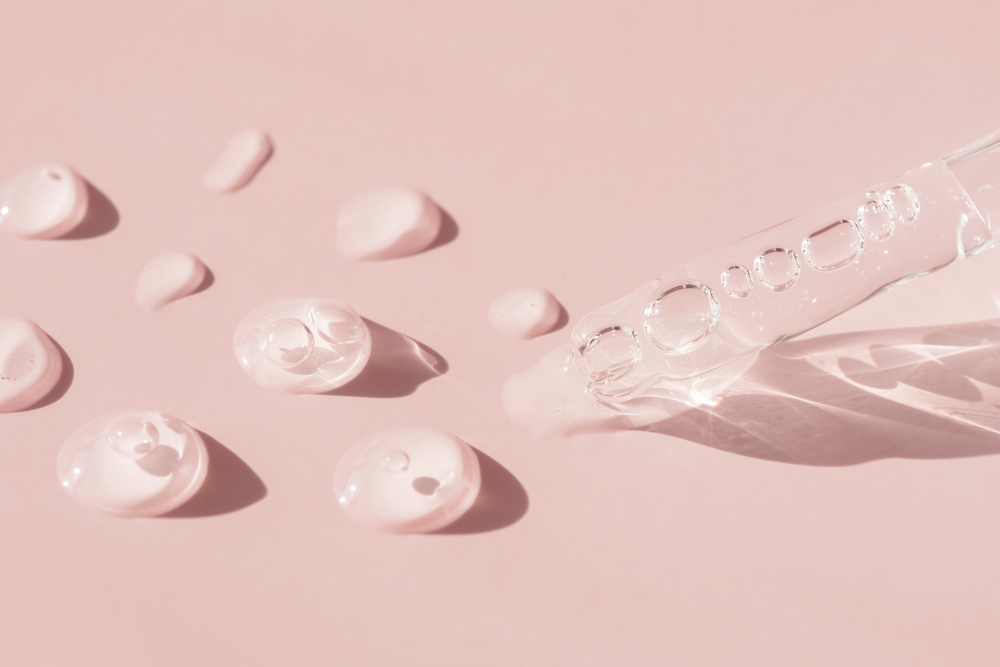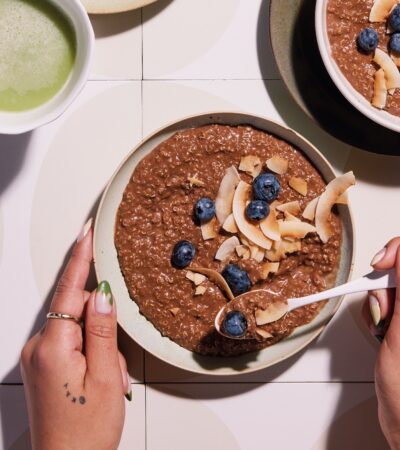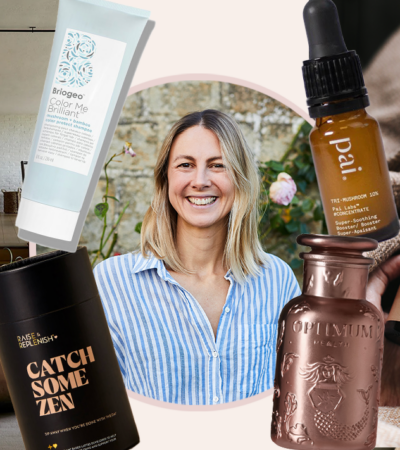In this edition of Hip & Healthy’s Beauty School series, we’re shining a spotlight on niacinamide. A.k.a. vitamin B3 – one of the most popular ingredients in beauty thanks to its ability to do pretty much everything (yes really, you’ll see why in a moment) and the fact all skin types can use it. As Dr. Sam Bunting tells us, “Niacinamide makes the skin that little bit more resilient, so it’s amazingly helpful in winter as it ensures that the skin barrier is retaining moisturiser and defending against irritants.”
But what exactly is niacinamide and how should we be using it? We tapped Dr. Bunting and The Ordinary’s Chief Scientific Officer, Prudvi Mohan Kaka, to find out everything you need to know. So, get ready to swot up on this must-have beauty ingredient and bag yourself an A+ when it comes to all things niacinamide.
So, what exactly is niacinamide?
“Niacinamide, also known as vitamin B3, is a multifaceted active ingredient renowned for its multiple benefits on the skin. It is a well-studied ingredient that’s been around for many years”, Kaka tells us. “It’s a renowned brightening agent and its inclusion imparts a visibly brightening effect, allowing it to address uneven skin tone”.
“Niacinamide is one of the most versatile ingredients in your skincare toolkit”, adds Dr. Bunting. “It has the unique ability to provide a balanced effect of anti-inflammatory and ceramide-building properties and is a fantastic all-rounder with a myriad of benefits from calming blemish-prone skin, improving both the appearance of fine lines, and increasing skin radiance, to improving pigmentation and bolstering barrier function by boosting skin ceramide production”.
What Are the Pros and Cons of Using It?
“Niacinamide is a versatile ingredient that targets multiple skin concerns at once, including dryness/dehydration, dullness, and uneven skin texture and tone. This makes it a great option for a multitude of skin types. It is also easy to incorporate into a routine, as it can be used morning and evening, twice a day”, says Kaka. “Maintaining a healthy skin barrier is fundamental as barrier compromise can often heighten skin discomfort. Niacinamide contributes to an improved barrier by supporting components that are essential to the integrity and support of the epidermal layer, such as ceramides and fatty acids. By doing this, it helps to reduce transepidermal water loss, thus improving skin hydration”.
Dr. Bunting agrees, telling us, “There are multiple benefits to using niacinamide, and it is particularly helpful when you have an overlap of different skin concerns. It has anti-acne benefits, thanks to is sebum-regulating properties and anti-inflammatory action, which is essential for clearing blemishes. It reduces the papules and pustules seen in acne, plus there’s no risk of antibiotic resistance to it, making it a good alternative option to tackling acne with antibiotics.”
Can All Skin Types Benefit from It?
“Yes!”, exclaims Dr. Bunting “It’s brilliantly well-tolerated so most people can benefit from it, and it’s very low irritancy – I’ve not seen any patients have problems using it. Niacinamide is my sensitive skin hero, it’s gentle enough to be used on even the most delicate areas, making it perfect for use around the eyes and on the sensitive neck. It’s tolerated well by both sensitive and redness-prone skin. It’s suitable for all ages – from teens through to those with mature skin – and it’s safe to use in pregnancy and during breastfeeding”.
What’s the Best Way to Incorporate It into a Skincare Routine?
“Niacinamide has to be one of the easiest ingredients to build into a skincare routine, it’s very versatile and is for everyday use”, Dr. Bunting explains. “It can be used at any time of the day and can be built into sunscreen in the morning and used in a serum format at night. Thanks to the way it acts in the skin, it helps to prepare skin for stronger ingredients to come. It will play well with pretty much every other ingredient in your routine. It can also be layered in multiple products to max out the benefits! Look for products with 5-10% niacinamide”.
If your skin sometimes reacts to new ingredients, Kaka recommends testing it first, just to be on the extra safe side. “If you are prone to experiencing breakouts when introducing new products to your routine, the best course of action is prevention; to reduce the likelihood of skin reactions, we recommend performing a patch test on a small area of the skin for 7-10 days”.
But what if I use vitamin C too?
“Contrary to popular belief, niacinamide and vitamin C can work very well together”, Dr. Bunting says. “The whole story around niacinamide and vitamin C not sitting well together is a slight misrepresentation given where modern chemistry is now, so have no qualms about using them in the same routine. They are particularly useful layered together if you’re worried about sun damage”.
And what about using it with retinol?
“Niacinamide comes into its very strong position when partnered with retinoids”, explains Dr. Bunting. ‘It has the added bonus of increasing tolerance to topical retinoids through its ability to increase skin lipids. It’s worth using niacinamide before you start a retinoid if you have sensitive or dry skin, as it helps the skin to stay hydrated for longer”.
What’s the biggest misconception about niacinamide?
“That you will experience skin purging when first using products containing niacinamide”, says Kaka. “Many factors can lead to breakouts, and most are intrinsic (due to imbalances within the body unrelated to any controllable lifestyle factors). For this reason, the appearance of blemishes can simply coincide with the use of a new product, without being correlated to the product itself”.
SHOP

Glow Recipe ‘Niacinamide Drops’ – £31 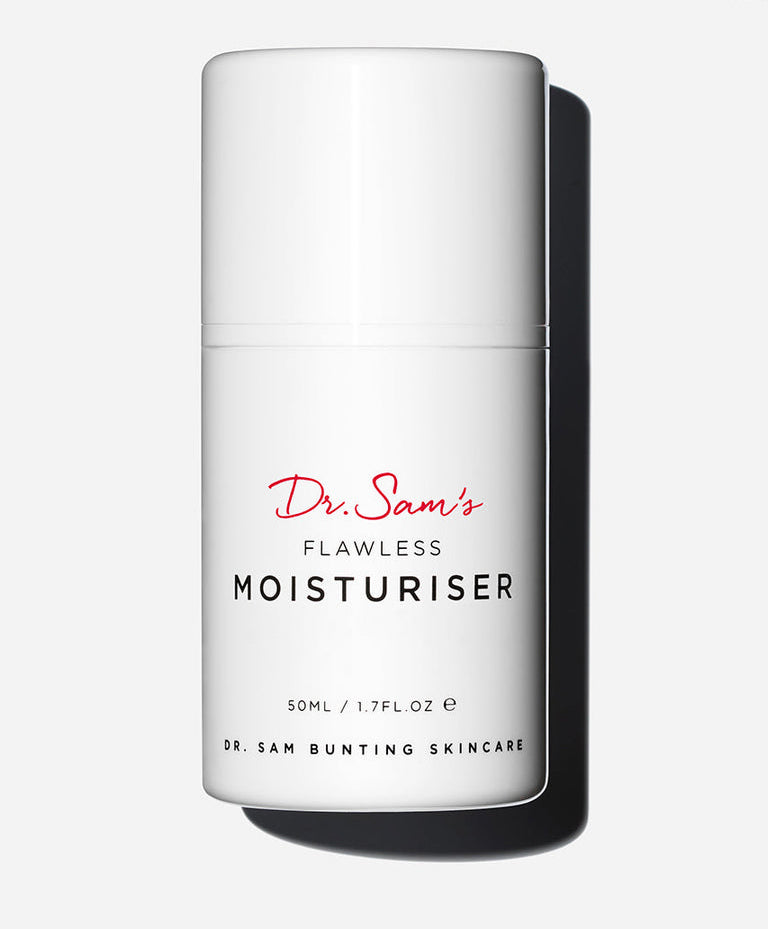
Dr Sam’s ‘Flawless Moisturiser’ – £25 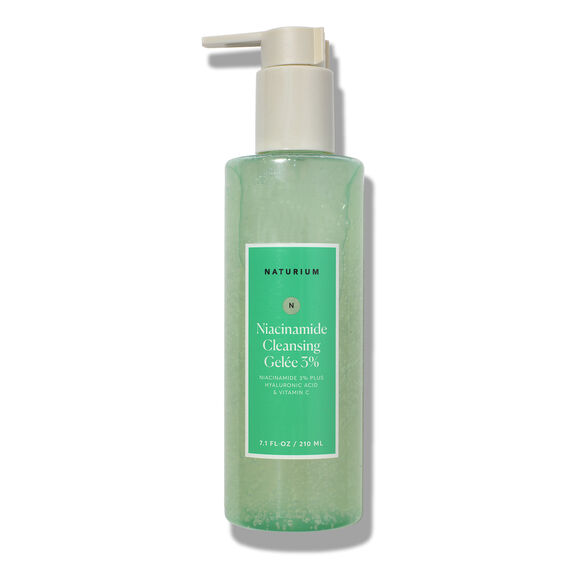
Naturium ‘Niacinamide Cleansing Gelee 3%’ – £18.50 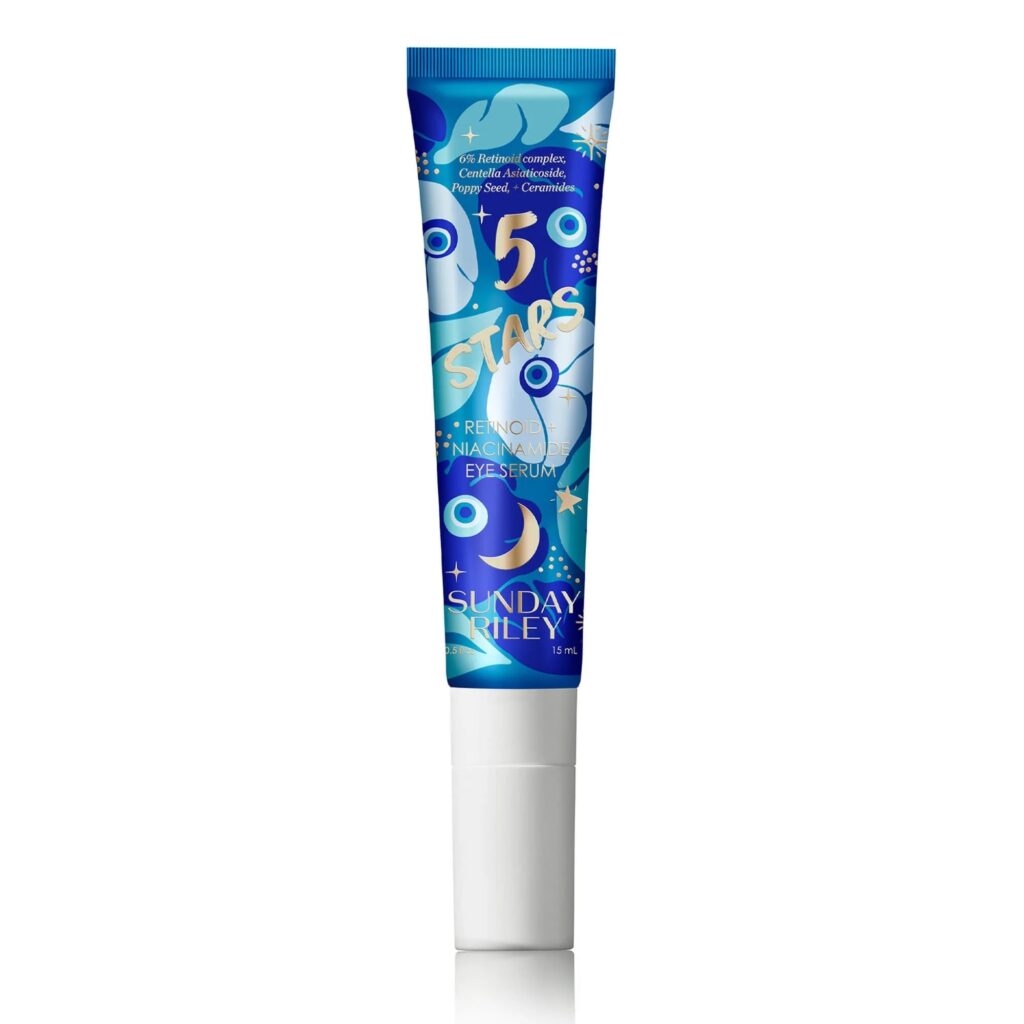
Sunday Riley ‘Niacinamide Eye Serum’ – £60 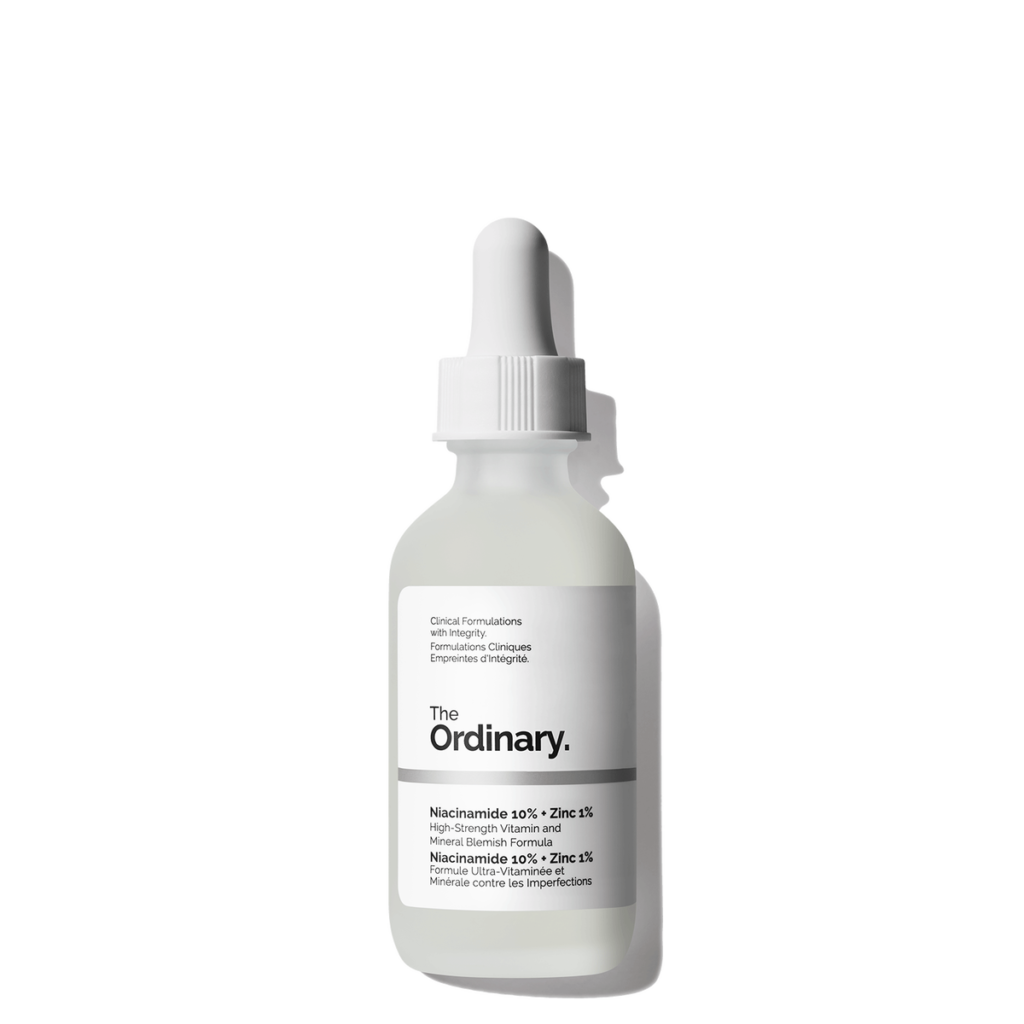
The Ordinary ‘Niacinamide 10%’ – £9 
Odacité ‘Niacinamide + Green Tea SPF50 Sunscreen’ – £44
words by Frankie Rozwadowska

